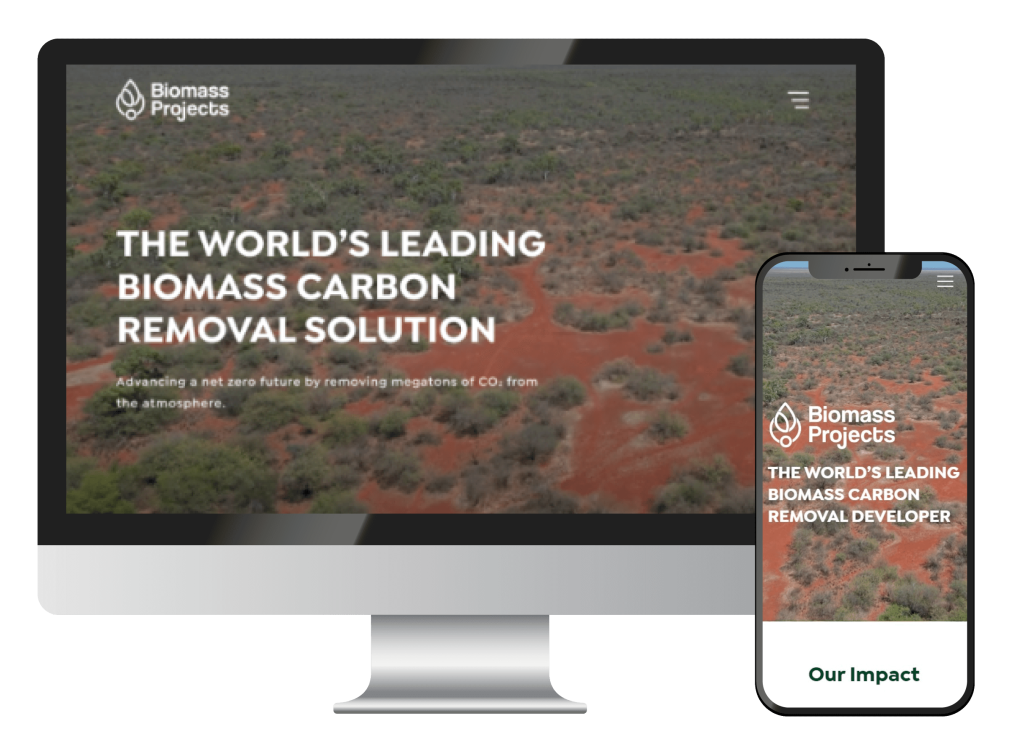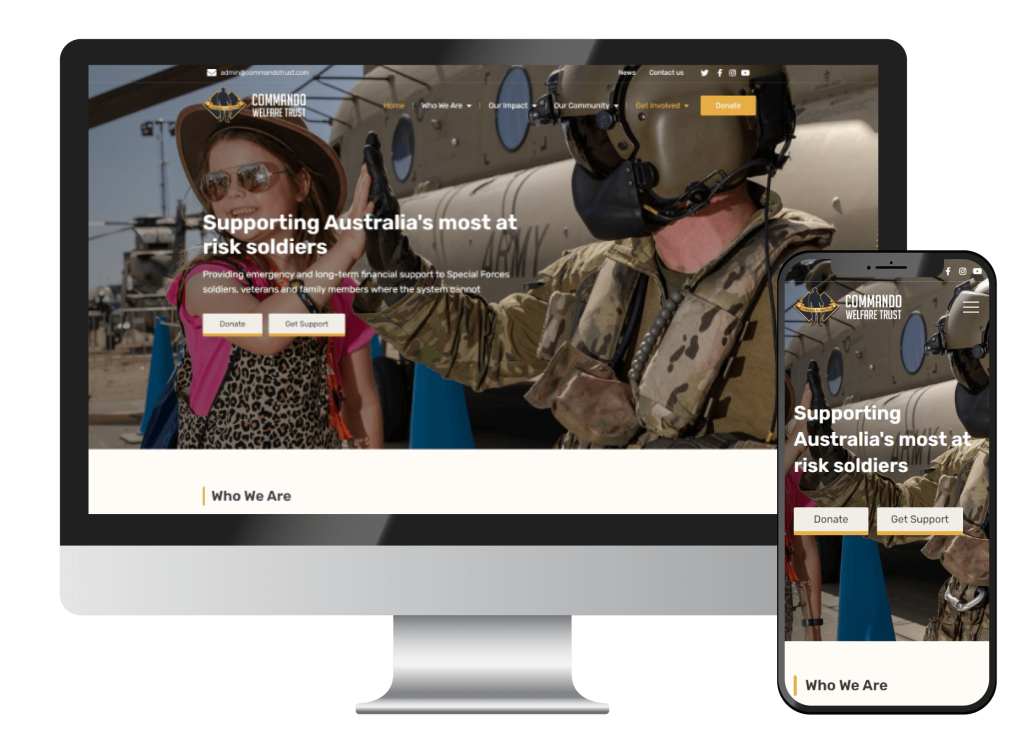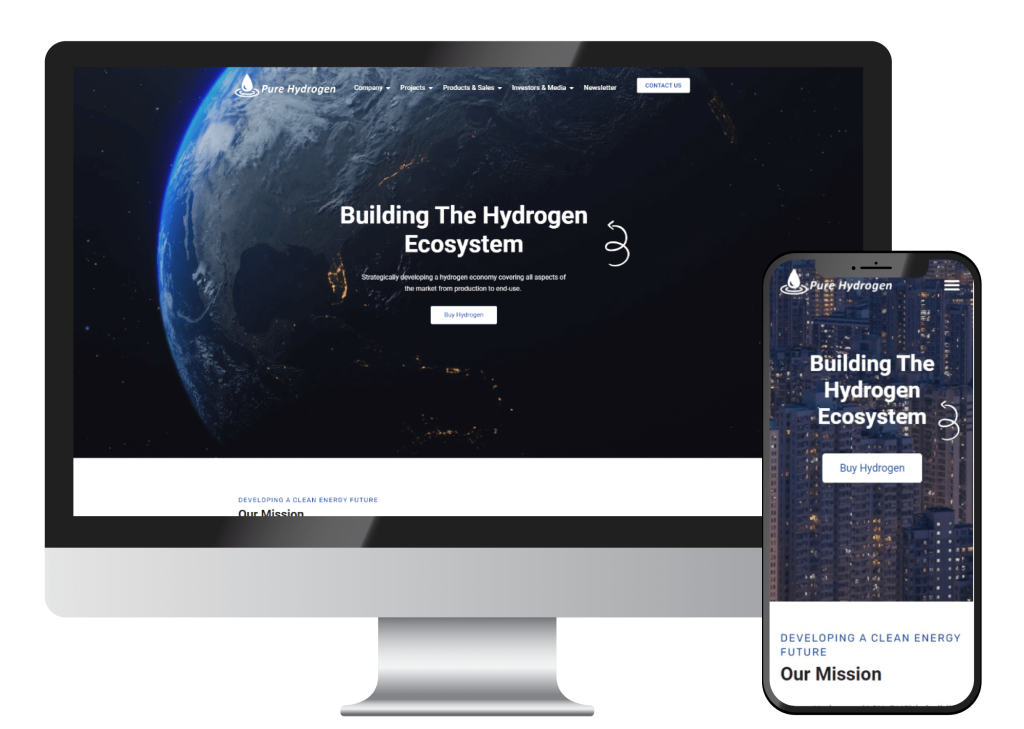Elementor #5705
Hannah Wason’s Commercial Awareness Practice Test Q101-150 via GIPHY GO BUNNY!!! 101. What does the term “liquidity risk” refer to? A) The risk of not being able to sell an asset quickly B) The risk of investment loss C) The risk of currency fluctuations D) The risk of interest rate changes Enter 102. What is a common method for valuing a company’s stock? A) Dividend Discount Model B) Market Capitalization C) Price-to-Earnings Ratio D) All of the above Enter 103. What does “dividend yield” measure? A) The annual dividends paid by a company relative to its stock price B) The total earnings of a company C) The price of the stock D) The company’s market cap Enter 104. Which of the following is considered a fixed cost? A) Raw materials B) Rent C) Utility bills D) Sales commissions Enter 105. What is the primary benefit of using futures contracts? A) To speculate on price movements B) To hedge against price fluctuations C) To increase liquidity D) Both A and B Enter 106. What is an example of an illiquid asset? A) Cash B) Stocks C) Real estate D) Treasury bills Enter 107. What is the primary goal of investment diversification? A) To increase potential returns B) To reduce risk C) To maximize tax benefits D) To improve cash flow Enter 108. Which of the following is a characteristic of a commodity? A) It is standardized and interchangeable B) It has unique qualities C) It is primarily a service D) It cannot be traded Enter 109. What is a “bear” in stock market terminology? A) An investor who expects prices to rise B) An investor who expects prices to fall C) A type of stock D) A financial institution Enter 110. What is an example of a countercyclical investment? A) Technology stocks B) Gold C) Real estate D) Consumer goods Enter 111. What does “capital gains tax” apply to? A) Income from wages B) Profit from the sale of an asset C) Dividends received D) Interest income Enter 112. Which of the following represents a company’s liabilities? A) Cash and cash equivalents B) Total debts and obligations C) Earnings before interest and taxes D) Net income Enter 113. What is a primary purpose of insurance? A) To guarantee profits B) To provide financial protection against losses C) To increase revenue D) To manage risks Enter 114. What is the role of the International Monetary Fund (IMF)? A) To promote international trade B) To provide loans to developing countries C) To regulate currency exchange rates D) To oversee multinational corporations Enter 115. What does a “negative yield” on a bond indicate? A) The investor will lose money B) The bond will increase in value C) The bond is safe D) The issuer is financially stable Enter 116. What is a primary goal of corporate finance? A) To maximize shareholder value B) To minimize costs C) To reduce risk D) To improve employee satisfaction Enter 117. Which type of investment typically provides the highest returns? A) Government bonds B) Real estate C) Stocks D) Savings accounts Enter 118. What is the purpose of a financial forecast? A) To assess past financial performance B) To predict future financial outcomes C) To manage cash flow D) To set financial goals Enter 119. What is the term for an economic downturn that lasts for an extended period? A) Recession B) Depression C) Stagflation D) Boom Enter 120. What is the purpose of a financial statement? A) To analyze market trends B) To summarize the financial performance and position of a company C) To report tax liabilities D) To promote investments Enter 121. What is the effect of a recession on employment levels? A) Employment levels generally increase B) Employment levels remain stable C) Employment levels generally decrease D) Employment levels fluctuate wildly Enter 122. What is a key characteristic of a startup company? A) Established market presence B) High potential for rapid growth C) Steady income stream D) Low-risk investment Enter 123. What does the term “capital structure” refer to? A) The mix of debt and equity financing B) The total assets of a company C) The company’s operational expenses D) The sales revenue of a company Enter 124. What is a primary concern of risk management? A) Maximizing profits B) Protecting assets and income C) Reducing operational costs D) Increasing market share Enter 125. Which of the following is a feature of a recession? A) Increased consumer spending B) Higher unemployment rates C) Increased business investments D) Rising inflation Enter 126. What is the main objective of a financial audit? A) To ensure compliance with laws B) To evaluate the efficiency of operations C) To assess the accuracy of financial statements D) To maximize profits Enter 127. What does “interest rate risk” refer to? A) The risk of not being able to repay a loan B) The risk that changes in interest rates will affect the value of an investment B) The risk of currency fluctuations C) The risk of default Enter 128. What is a common characteristic of a recession? A) Economic expansion B) Decline in consumer spending C) Increased employment D) Rising GDP Enter 129. Which of the following is an example of a speculative investment? A) Government bonds B) Real estate C) Penny stocks D) Blue-chip stocks Enter 130. What is a common consequence of high inflation? A) Increased purchasing power B) Decreased cost of living C) Increased interest rates D) Stable prices Enter 131. What does the term “creditworthiness” refer to? A) The likelihood of a borrower defaulting B) The ability to pay off debt B) The value of collateral C) The risk of investment Enter 132. What is a primary function of an investment bank? A) To provide loans to individuals B) To facilitate mergers and acquisitions C) To insure businesses D) To provide checking accounts Enter 133. What does “operating income” refer to? A) Revenue minus operating expenses B) Total revenue C) Revenue from investments D) Net profit
Biomass Projects

Before: After: View Project Before: After: View Project
Commando Welfare Trust

Before: After: View Project Before: After: View Project
Pure Hydrogen

Before: After: View Project Before: After: View Project